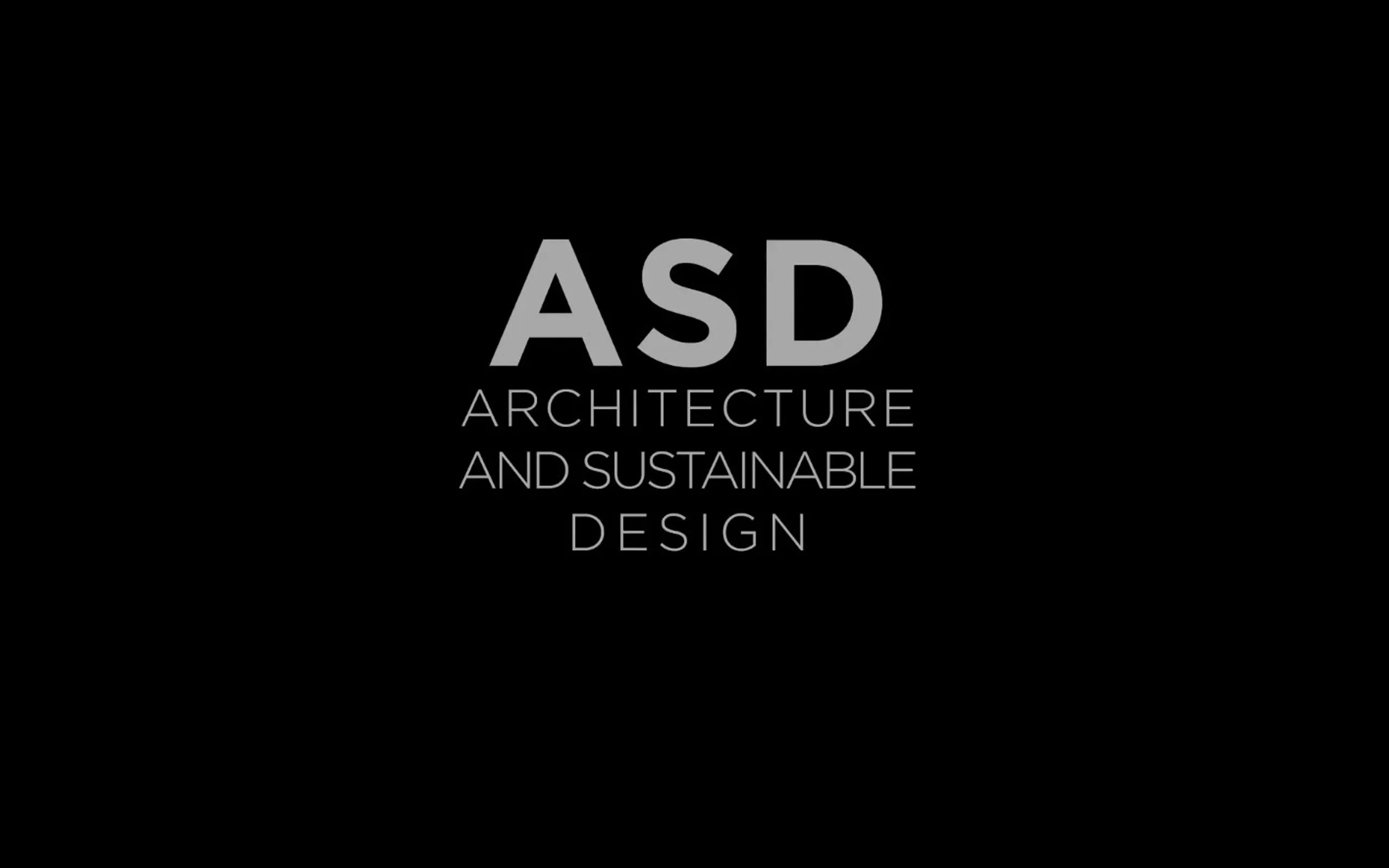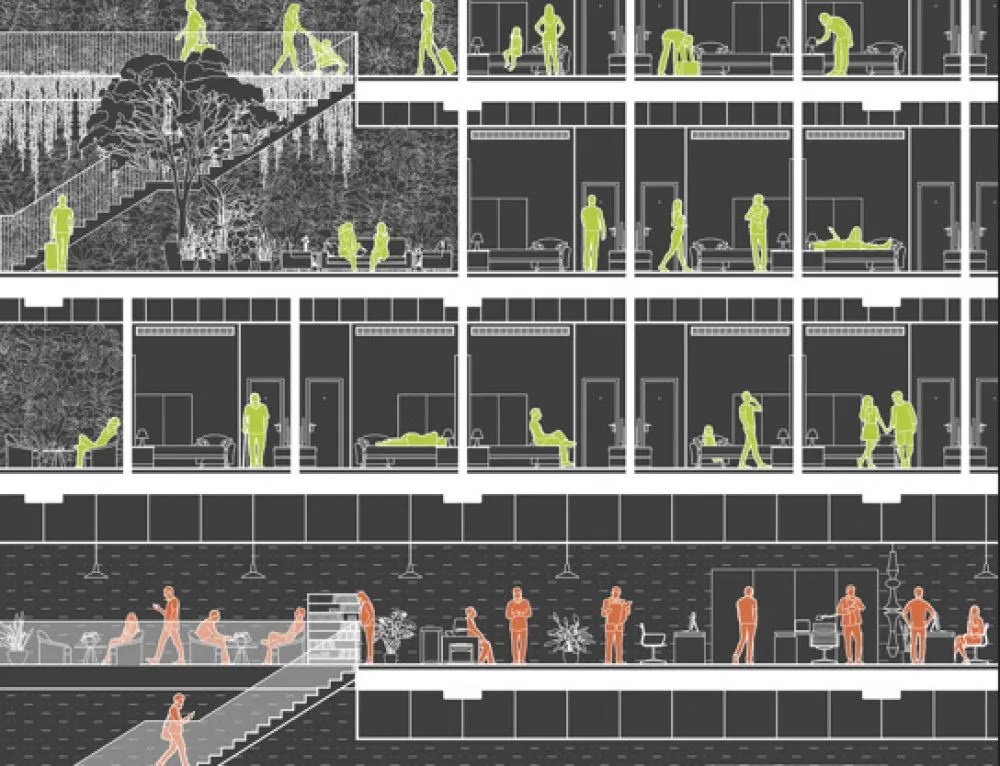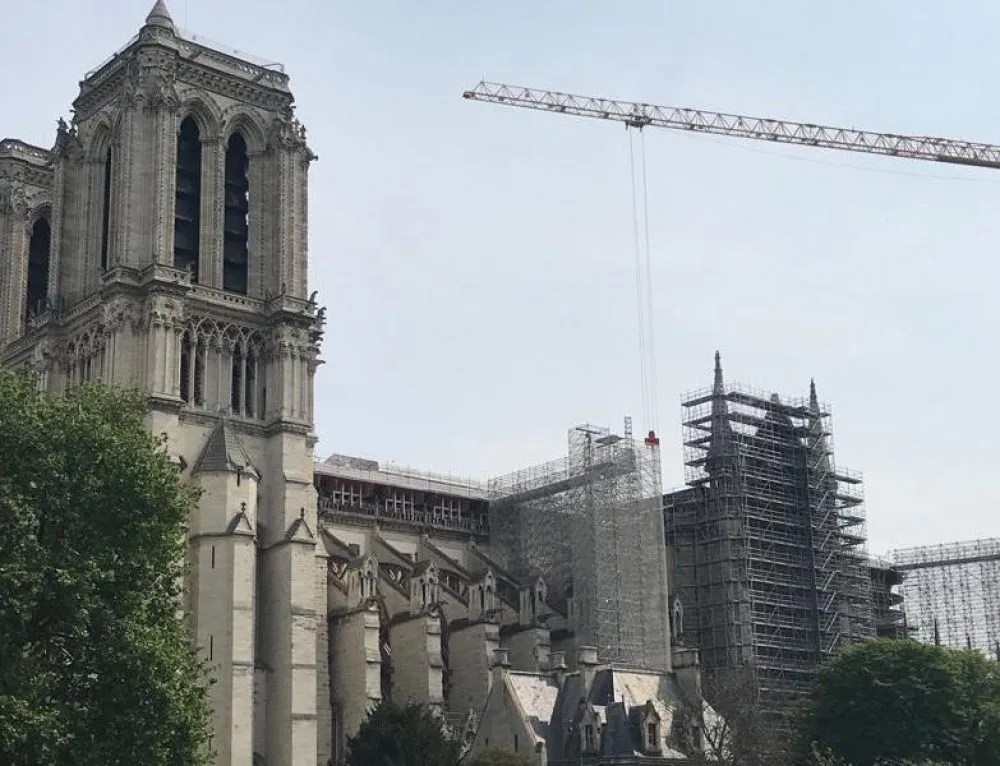MAM – Modern Art Museum Semester Project

Instructors
Nicole Hatz Volpatohatz
Site of Intervention
The Marina Bay area was chosen for this semester project, however the specific site of intervention for this new Modern Art Museum will be the Promontory area and beyond (see brief). This prominent and popular place attracts the Singapore public and tourist from around the globe. With excellent public transport and pedestrian connections, fundamental to a successful new MAM Modern Art Museum together with the ever so popular Art Stage Singapore, will create Singapore as a Asian Market leader in contemporary art.
Brief
The approximate size of the site is approximately 120x150M = 18’000M2 on land with the choice of extending into the water, area TBC. Muesum programs have become increasingly complex with an expansive portfolio of function that connect with the city.
MAM program includes main entry, main lobby, exhbitions areas varied sizes for permanent and temporary exhibitions, childrens gallery, membership and info area, open office, closed office, conference rooms, library, public reading, publications, auditorium and vestibule, events office, events storage, museum store, restaurants, caffe’s, proposed additional stores, workshop for educational programs, educational centre, artist in residence apartment and studio area, storage for permanent and temporary art, loading and unloading, registration and examination, photo room, work area, staff lounge, equipment, plant, public and staff parking, e-bikes and e-cars and public transport connections.
Sustainable Design
The new MAM will deal with sustainable principals integrating where possible passive design elements such as the breathability of areas throughout the building, large overhaning shunshades, single room depths allowing for natural ventilation. Similar to the Pamm Perez Art Museum can be referenced to Paul Ruddolf’s work from the 50’s, a close relationship between the inside and outside spaces must be sought.
‘Touch the earth lightly’ has been often used by Architect Glenn Murcutt to explain the relationship between a building and natural environment including water, will be crucial for the MAM’s success in Singapore.
Sustainability can also be viewed through the richer program that extends beyond the MAM to connect with the city and the international art scene. The public will no longer have a singular choice of just viewing art, rather creating a whole experience for the young and old who access the educational stores, library, childrens workshops, public lectures and of course food which of late has become an ever so important ingredient in bringing people to the art world. Cultural buildings have to survive and with their high running costs, require programs capable of morphing with evolving popular culture scene in particular amongst the young and debutant artist who need venues like the MAM to voice their ideas.





